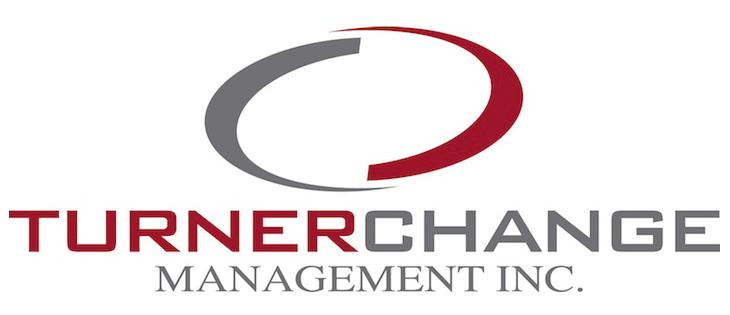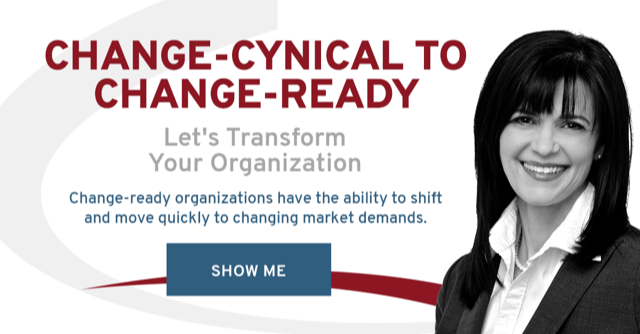Are You Asking the Right Question for Successful Organizational Change?
Successful Change Begins with the End
Dr. Dawn-Marie Turner, CMC
Norman Rockwell said, “I paint the world as I want to it to be, not how it is.” This same philosophy applies to organizational change. Whether its increased competition, shifts in the market, higher costs, decreased revenue or a need to update processes and technology, most organizational changes are initiated in response to a problem. Regardless of why your organization needs to change, stop focusing on the problem and current state and start focusing on your desired state.
It seems logical to focus on eliminating the problem and the current state, especially when your need for change arose as a result of a problem within your current state. However, implementing change from a problem-solving approach can limit your success. Why? Because it uses the same type of thinking that created the problem in the first place. A problem-solving approach binds your thinking and your options to your current reality. Albert Einstein said, “No problem can be solved with the same level of consciousness that created it.” Successful change requires a new level of consciousness, focused toward the reality you want to create. Your desired end must be the starting point for any change.
Focus on the Outcome Not the Problem
The only way to effectively eliminate or avoid what you don’t want (the problem) is to focus on what you do want (your intended outcome). This simple shift in focus expands your ability to generate options. It also allows you to evaluate the outcome within the context of the whole organization—ensuring that a change you make in one area doesn’t create a problem in another area of the organization.
Shifting your change efforts away from a problem-solving approach to an outcome approach is easy. You just need to ask a different question.
Instead of asking: “How do we solve this problem? Ask: “What will the organization look like when this problem does not exist?”
Answering the latter question expands your thinking beyond the current reality. It gives you the information to define and document a clear picture of your organization without the problem.
Helping you launch, lead and live change more successfully.
P.S. Check out our Living and Leading Change Program.











Dawn-Marie, this post is so perfectly timed! This is going to guide my thinking in some work I’m doing over the next few weeks.
Dawn Marie, As always, I appreciate your insight and especially valued as a reminder to ask “What will the organization look like when this problem does not exist?” versus focusing on the problem.